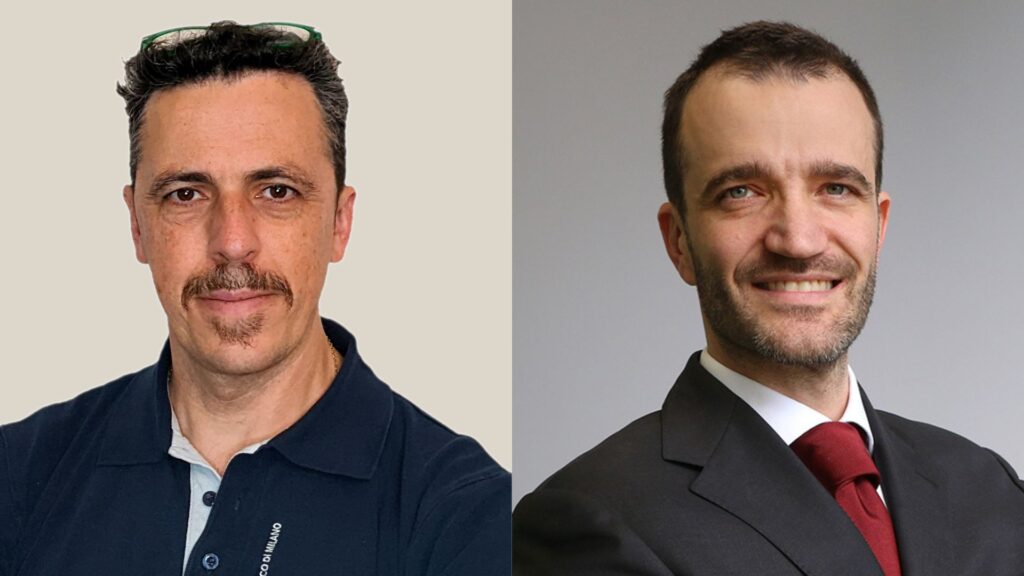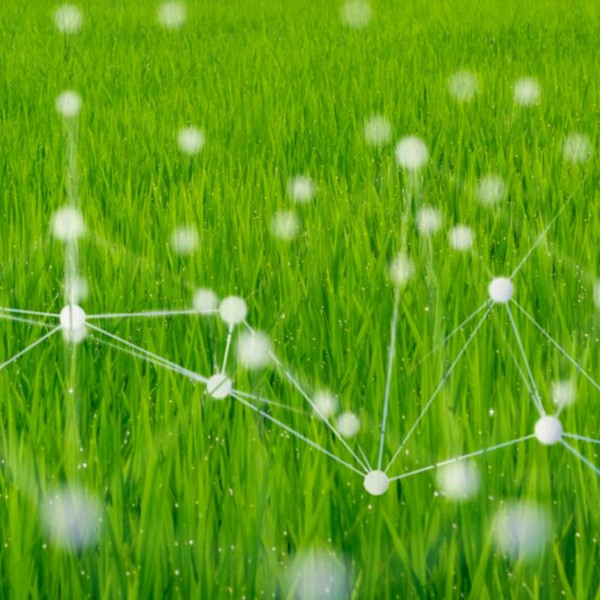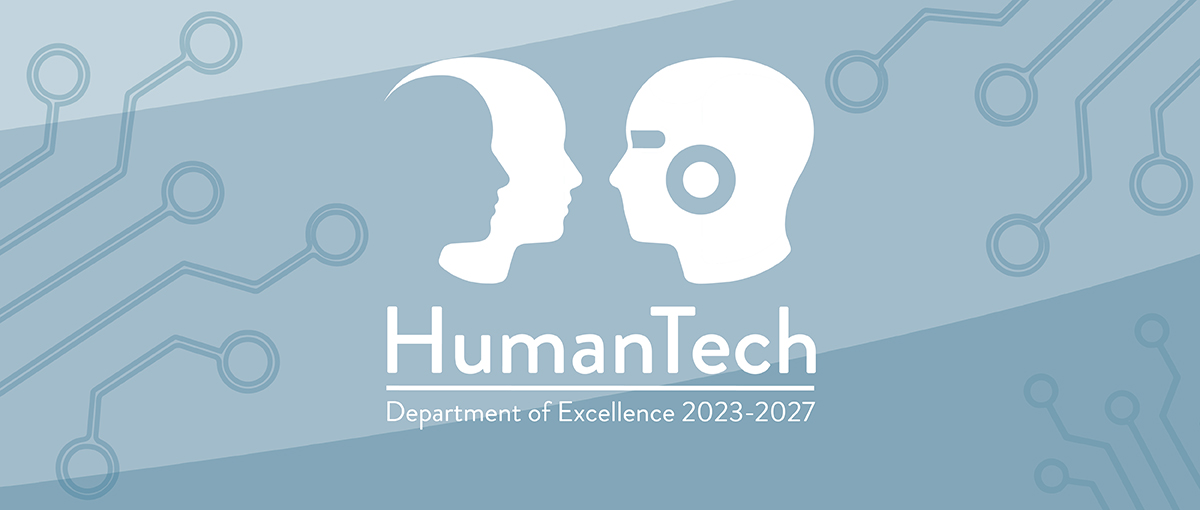
Matteo Matteucci, professor in Information Processing Systems at the Department of Electronics, Information and Bioengineering of Politecnico di Milano and Filippo Renga, professor at the Department of Management Engineering at Politecnico di Milano
Filippo Renga and Matteo Matteucci have been collaborating for several years in the study of digital technologies used in agriculture. They hold the Data Analytics for Smart Agriculture course of the PoliMI Ambassador in Green Technologies programme, which deals with the application of Artificial Intelligence techniques to data analysis in the agronomic field and aims at exploiting the world of data also from an economic and strategic point of view.
Let us start with some clarifications. What are we referring to when we talk about Agriculture 4.0? What makes it different, let’s say, from AgriTech?
FR: Agri Tech is about all technology applied to the world of agriculture: not only digital innovation but also mechanical, biochemical, process and many other types of innovation. In particular, Matteo and I focus on the application of digital innovation in agricultural production processes. In this case, we speak of Agriculture 4.0: to make it simple, it is a paradigm that follows that of Industry 4.0 and is the combination of precision agriculture (mechanics and electronics, for example), which has been in the market for some thirty years now, with the latest technologies such as the Internet of Things, Artificial Intelligence, sensor technology, etc.
I’d like to make it clear right away that, although one might think otherwise, agriculture is not a backward sector; on the contrary, the greatest spread of robots (Matteo taught me this) is in agriculture, especially in animal husbandry. As an example, for a long time the most popular wearable devices were those attached to cattle.
The component that undoubtedly presents the greatest opportunities is interconnectivity. Temperature monitoring systems in food transport vehicles, for example, make it possible to withdraw a product from sale if it has deteriorated in quality; satellite mapping makes it possible to recognise water stresses and thus intervene with targeted and more careful irrigation. Agriculture 4.0 is therefore a more interconnected agriculture, especially at the supply chain level.
MM: The connectivity and availability of data also allow for data historicisation and process optimisation through the application of data-based models. It is important to emphasise that the data cover all the steps of the supply chain: in the past, data were mainly collected at the last steps of the supply chain, for logistical and management reasons, whereas now, thanks to connectivity, they are already captured in the fields.
Precision agriculture, which Filippo has already mentioned, is about acting where actions is needed, as much as it is needed and when it is needed; data connectivity extends this paradigm as it allows you to act on the future through data-driven forecasting models; today, Artificial Intelligence systems can support long-term decision-making thanks to this vision of the supply chain vision that is made possible by Agriculture 4.0.
FR: To paraphrase Lord Kelvin, what cannot be measured cannot be improved. This is what we are trying to do, using Artificial Intelligence and data processing in the agricultural sector. Data can also support the public bodies in making concrete choices in the sector, such as incentives, intervention in cases of epidemic risk, management of stocks in excess of required quantities, and so on. The data are also useful for certifying health characteristics (a project by some Politecnico’s students showed that animals in Italy are less subject to intervention with antibiotics than those in other countries), thus generating more value throughout the supply chain (think of PDO products).
Finally, data allow for a more sustainable agriculture, both in an economic, environmental and social sense. For example, the availability and connection of data favours timely intervention in the event that there are unused products in one region that can be used in another. Having more information allows us to waste less and spend less.








